Prestonpans Murals
The medley of artwork tells the history of this Scottish town.
Despite there being records of a Jacobite mural in the area from the 18th-century, it wasn’t until the early 21st-century that Prestonpans began in earnest to designate some of its walls to public art. In 2006, when the town hosted the Congress of the Global Association for Arts Tourism, Prestonpans had a fully developed Murals Trail consisting of over 30 artworks.
Prestonpans’s decision to become Scotland’s Mural Town was not inspired by longtime mural meccas like Mexico, Melbourne, or nearby Northern Ireland, but rather by a small town in British Columbia, Canada. The town of Chemainus was built around a sawmill and thus saw itself in crisis after this industry left, until a collective decision was made to document the town’s sights and history on its walls.
By 2001, Chemainus’s murals were so successful with tourists that Karl Schutz, one of the original project’s originators, and his team visited and started developing similar initiatives in the towns of Twentynine Palms, California; Katikati, New Zealand; Bowen, Australia, and Prestonpans, Scotland.
The majority of Prestonpans’s murals were painted by the artists Tom Ewing, Kate Hunter, and Andrew Crummy. They depict the town’s culture and history, including its witch hunts, industrial past, influence on famous conservationist John Muir’s early life, and relation with migration both to and from Scotland.
Some of the town’s designated walls are not for permanent murals, but rather for temporary works that change with every Prestoungrange Arts Festival. Other murals were painted as collective efforts by groups such as the town’s school-age children.
Know Before You Go
Prestonpans is approximately halfway between the Lothians’ tourism hotspots of Edinburgh and North Berwick. The most direct public transport from Edinburgh is East Lothian Buses route 26. The map marks the local Bowling Club, location of the first mural in the town proper on the way in from Edinburgh. There are previous murals in the outskirts of town on walls at the Prestongrange Industrial Heritage Museum. Many of the murals are on walls behind parking spaces, so they can be blocked by parked cars during holidays and weekends. It's best to avoid these dates to fully appreciate the murals. Most indoor murals are in the well-known The Goth pub and others can be found inside Cuthill Park.
Community Contributors
Added by
Edited by
Plan Your Trip
The Atlas Obscura Podcast is Back!


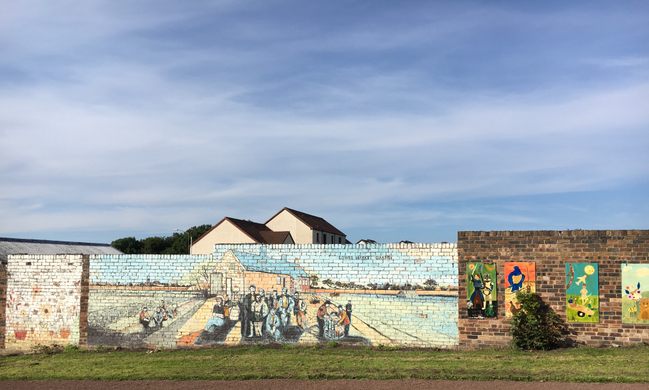



































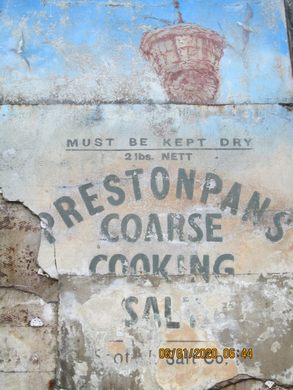















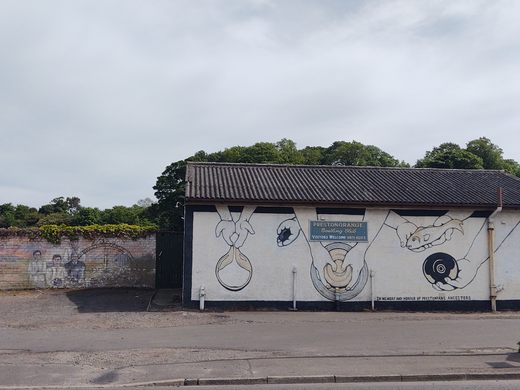
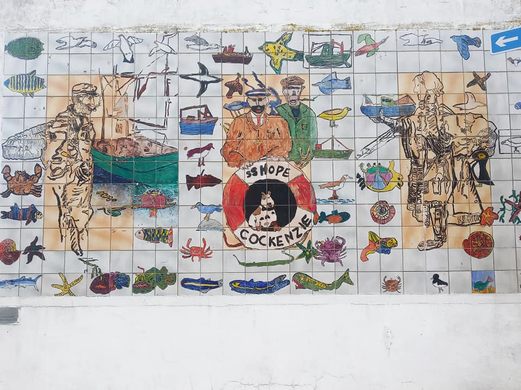
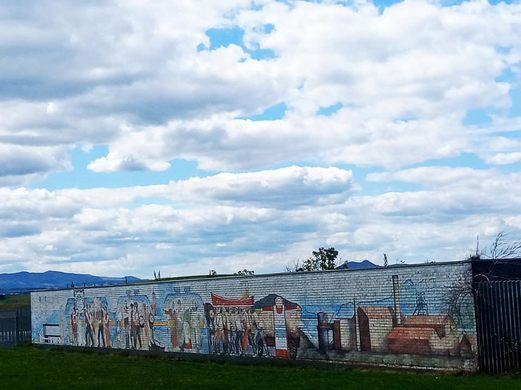
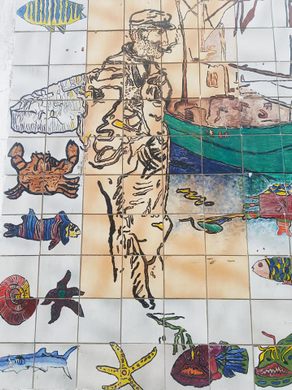
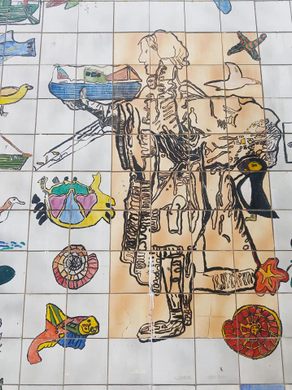
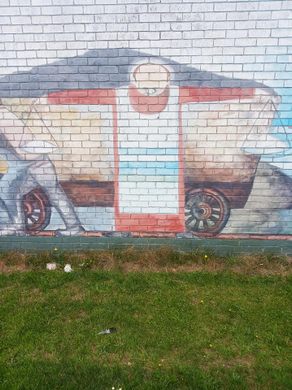
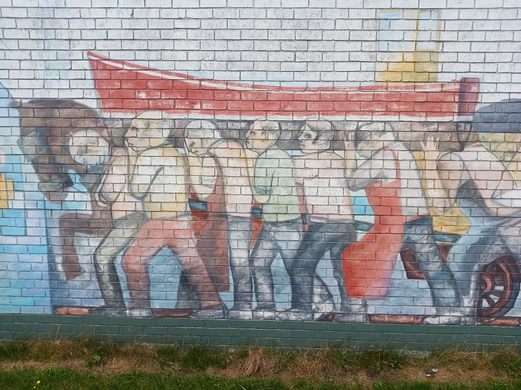
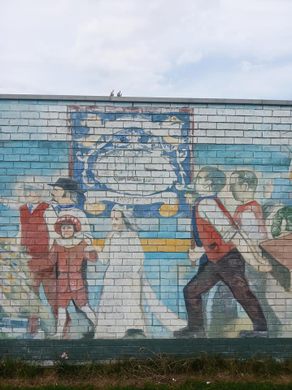
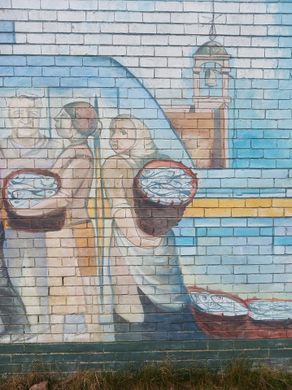
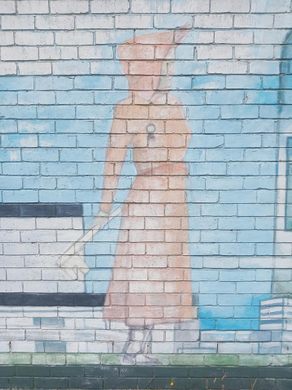
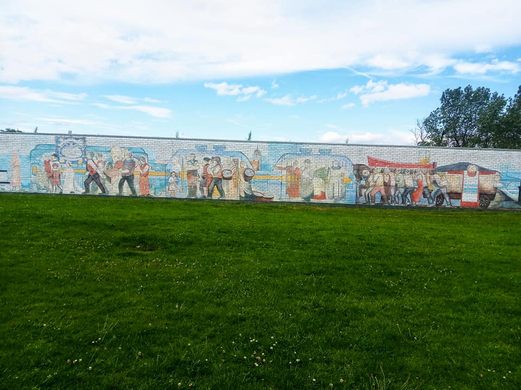

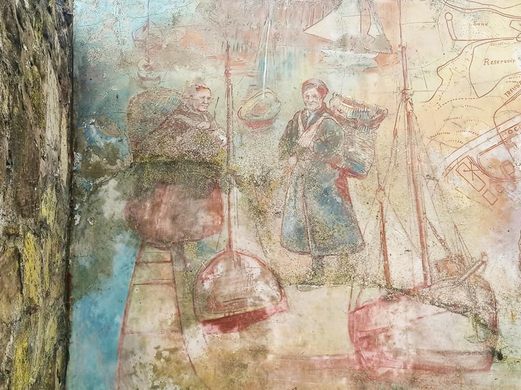
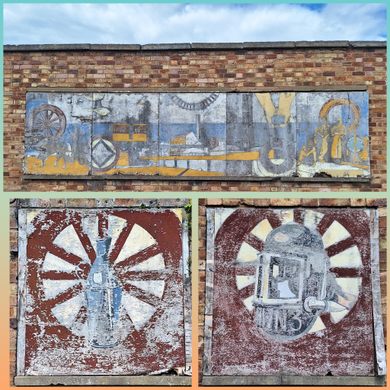
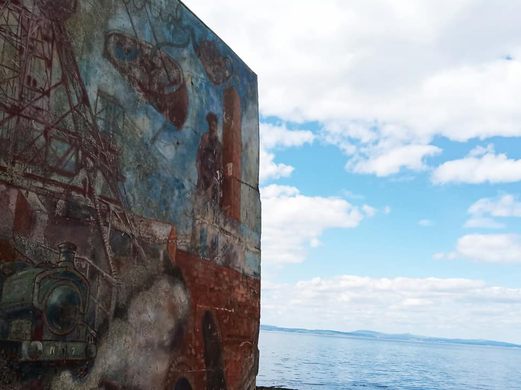




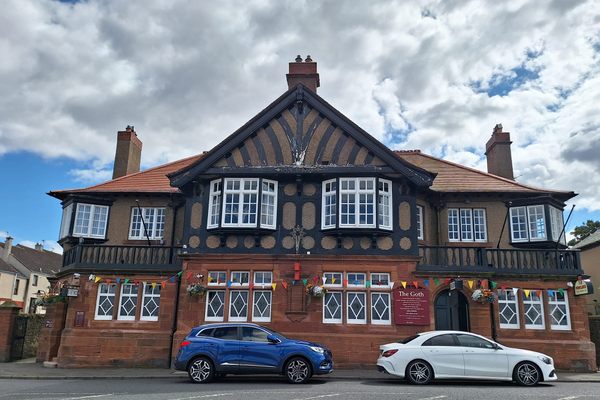


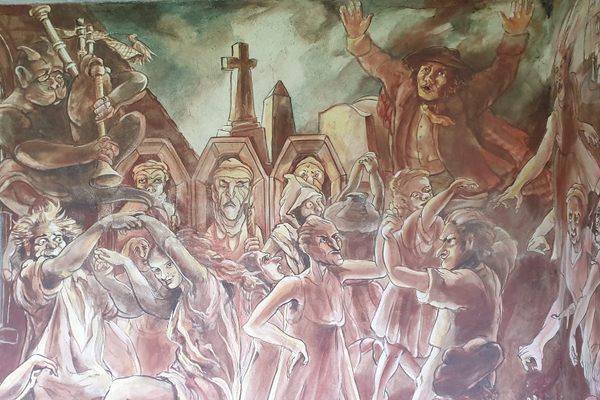
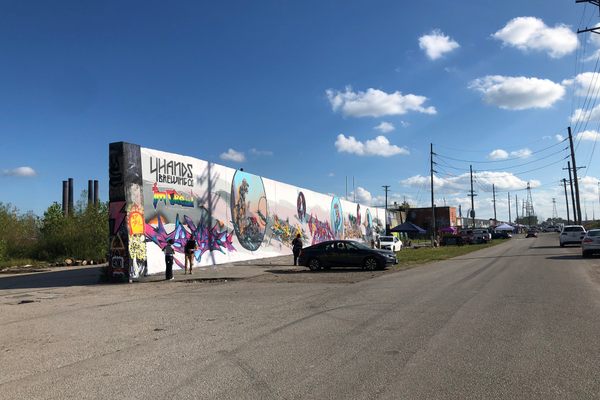
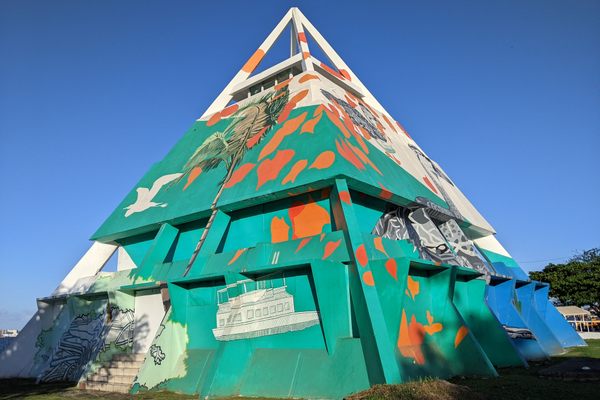

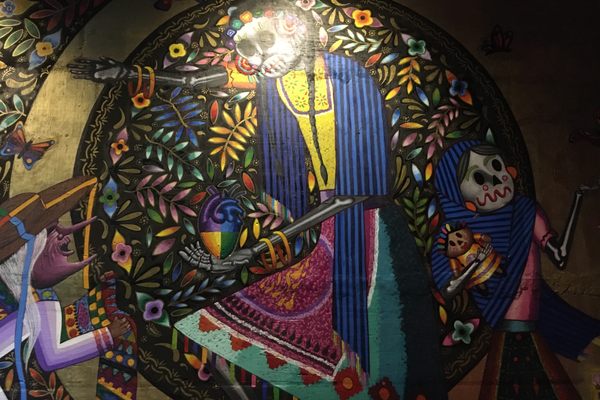
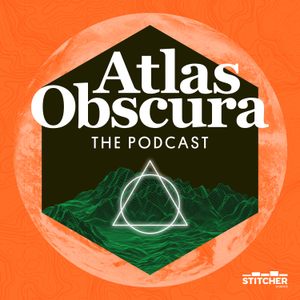
Follow us on Twitter to get the latest on the world's hidden wonders.
Like us on Facebook to get the latest on the world's hidden wonders.
Follow us on Twitter Like us on Facebook